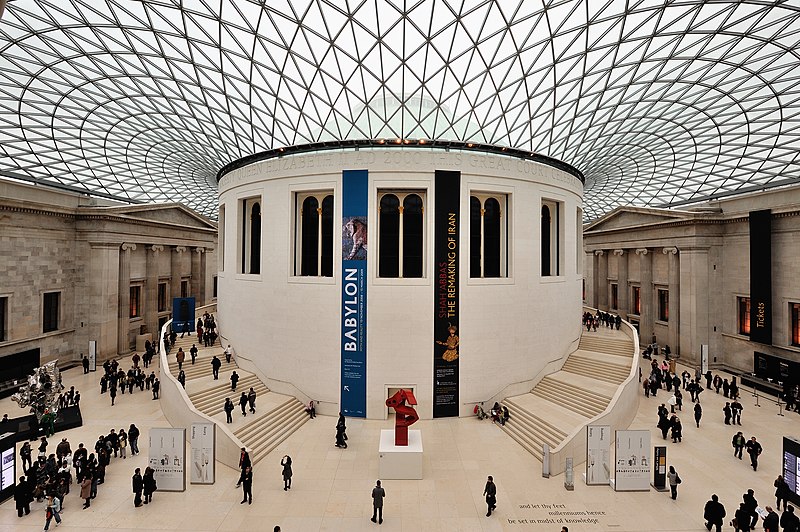
The British Museum has called upon both the public and experts to assist in the identification and recovery of ancient artifacts that have gone missing from its collection.
Following an investigation that began last month, during which around 2,000 treasures were reported as "missing, stolen, or damaged" over a "significant" period, the museum has taken action to recover the items.
Most of the missing artifacts are Greek and Roman gems and jewelry. So far, sixty objects have been successfully returned, with an additional 300 identified and expected to be returned shortly.
In an effort to recover the remaining items, the museum has published details and images of the types of objects that are missing on its website. They have also encouraged individuals who may have had possession of items from the British Museum or have relevant information to come forward and assist in the recovery.
The missing artifacts include classical Greek and Roman gems, rings, earrings, and other pieces of jewelry, some of which date back to the Late Bronze Age. The museum has enlisted the help of an international panel of experts and placed the items on the Art Loss Register to aid in their recovery.
James Ratcliffe, the director of recoveries at the Art Loss Register, noted the delicate balance between providing information to the public for recovery efforts while avoiding sharing too much detail that could be exploited by those with malicious intent.
An independent review of the museum's security has been initiated, which will also oversee the recovery efforts. The British Museum's director, Hartwig Fischer, stepped down from his position following the thefts.
The British Museum has faced growing pressure from various countries, including China, to repatriate artifacts to their countries of origin in light of these high-profile losses. Photo by Eric Pouhier, Wikimedia commons.









































